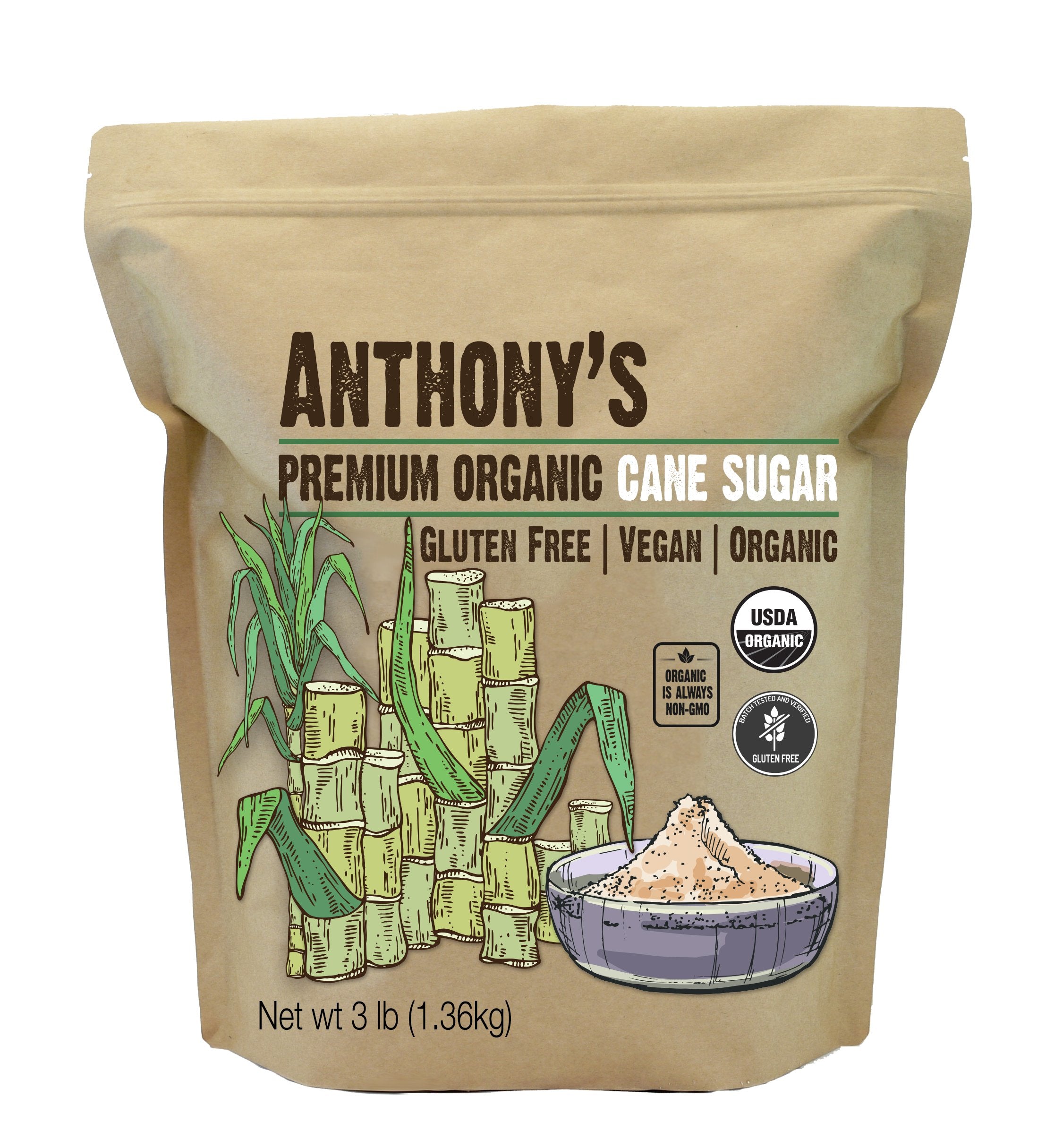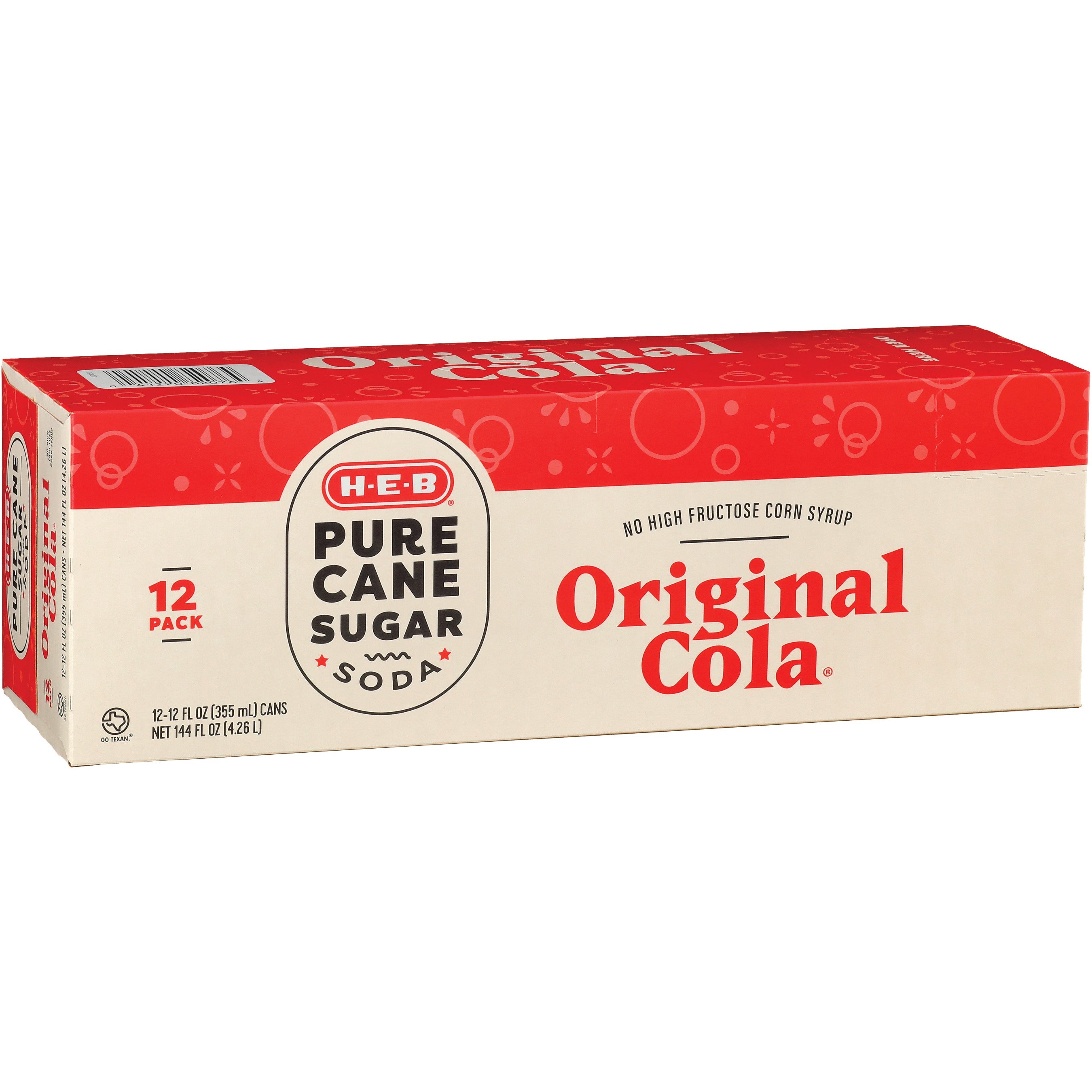The Journey of Cane Sugar Processing: From Harvest to Crystals
The Journey of Cane Sugar Processing: From Harvest to Crystals
Blog Article
Recognizing the Important Strategies and Technologies Utilized in Modern Walking Stick Sugar Processing
The advancement of walking cane sugar processing has been considerably formed by the integration of advanced techniques and modern technologies that address both performance and sustainability. Enzyme-assisted extraction and innovative refining techniques have actually transformed yield optimization, while automation helps with functional reliability. In addition, the emphasis on sustainable techniques reflects a growing awareness of ecological effect. As we check out these important innovations, it becomes necessary to analyze just how they not only improve manufacturing but likewise align with more comprehensive industry trends and customer needs, increasing concerns regarding the future of sugar handling and its effects for global markets.
Historic Context of Walking Stick Sugar Processing
The historic context of cane sugar handling exposes a rich tapestry of farming innovation and social exchange that has formed its development over centuries. Stemming in Southeast Asia, sugarcane was cultivated as early as 8000 BCE - Cane Sugar Processing. The process of extracting and refining sugar acquired energy in India, where approaches for crystallization were improved around the sixth century. This knowledge went across to the Center East, and by the 12th century, sugar came to be a valued product in Europe, bring about the establishment of sugar haciendas in the Mediterranean.

Advanced Extraction Techniques
Efficiency in walking cane sugar removal has actually seen significant advancements, driven by the demand for higher yields and lower production prices. This method not only raises sugar yield however additionally lowers the power required for handling.
Additionally, the fostering of membrane layer purification technologies, such as nanofiltration and turn around osmosis, has actually revolutionized the splitting up of sugar from pollutants. These approaches permit the careful permeation of sugar particles while retaining larger contaminants, enhancing the extraction process and decreasing waste.
Additionally, the integration of continual removal systems has actually led to boosted operational performance. Cane Sugar Processing. These systems preserve a constant flow of walking cane product, making certain optimum removal problems and reducing downtime connected with set processing
Innovative Refining Technologies
Refining techniques in walking stick sugar handling have undertaken a transformative shift, driven by the need for greater purity and enhanced product quality. One of the most noteworthy technologies is the adoption of membrane layer filtration modern technologies, such as ultrafiltration and nanofiltration. These procedures properly remove contaminations and colorants without the need for considerable chemical treatments, thereby preserving the sugar's all-natural taste and boosting its charm.
Another substantial improvement is making use of ion exchange materials, which permit selective removal of unwanted ions from sugar options. This modern technology not just enhances the overall pureness of the last item however also contributes to lowered waste and ecological effect.
In addition, improvements in adsorption techniques, using triggered carbon and other innovative products, look at here now have proven efficient in decolorizing sugar solutions while maintaining ideal quality. The assimilation of these ingenious refining technologies makes certain that producers can generate refined sugar with premium clearness and preference, fulfilling the advancing choices of consumers.
Automation and Control Solution
Recent innovations in refining technologies have led the way for considerable improvements in automation and control systems within walking cane sugar processing facilities. These systems utilize sophisticated software program and equipment to boost functional performance, reduce human error, and ensure consistent item high quality.
Modern automation incorporates numerous elements, including sensing units, actuators, and programmable reasoning controllers (PLCs), enabling real-time surveillance and control of critical processes. For example, stress, temperature, Homepage and flow prices can be exactly regulated throughout extraction, information, and crystallization phases, enhancing efficiency and decreasing waste.
Furthermore, progressed data analytics and artificial intelligence algorithms play a crucial role in predictive maintenance, enabling operators to prepare for devices failures before they occur. This proactive method not only reduces downtime but likewise extends the lifespan of machinery.
On top of that, automation promotes the application of Sector 4.0 concepts, encouraging sugar mills to achieve better connection and information exchange across processes. Therefore, decision-making becomes even more educated and nimble, eventually enhancing the overall competition of walking stick sugar manufacturing. With these developments, the sector is well-positioned to satisfy growing global needs while maintaining operational quality.
Sustainability Practices in Sugar Manufacturing
Sustainability techniques in sugar production have become significantly vital as the sector seeks to stabilize economic viability with ecological responsibility. As consumer awareness grows regarding the ecological influences of agricultural methods, sugar manufacturers are taking on cutting-edge techniques to lower their eco-friendly impact.
One substantial approach is the execution of accuracy agriculture methods, which make use of data analytics to enhance source usage, such as water and fertilizers. This decreases waste and minimizes the effect on local environments. Moreover, many manufacturers are transitioning to eco-friendly power sources, such as biomass from sugarcane results, to power their operations, thereby lowering dependence on fossil gas.
Water management methods are also crucial; rain harvesting and efficient irrigation systems help reduce water scarcity issues. Cane Sugar Processing. In addition, integrated pest monitoring strategies lower chemical use, advertising biodiversity and dirt wellness
Corporate social obligation initiatives are emerging, with firms investing in local neighborhoods and making certain fair labor techniques. By embracing these sustainability practices, the sugar industry not only boosts its online reputation however also adds to a much more sustainable farming landscape, paving the method for future generations.

Final Thought
In recap, modern-day walking stick sugar processing integrates a variety of sophisticated strategies and technologies that considerably enhance efficiency, yield, and sustainability. The adoption of ingenious removal and refining approaches, along with automation and control systems, promotes enhanced functional efficiency and item quality. Moreover, the emphasis on lasting techniques emphasizes a dedication to lessening environmental effect and advertising ethical manufacturing. Jointly, these innovations position the walking stick sugar market to meet modern needs while resolving vital global challenges.
The development of walking cane sugar handling has been dramatically formed by the combination of innovative methods and innovations that attend to both effectiveness and sustainability.The historic context of cane sugar processing exposes an abundant tapestry of agricultural innovation and cultural exchange that discover here has formed its development over centuries. Developments in milling and refining emerged, laying the foundation for modern-day walking cane sugar handling.Refining methods in cane sugar processing have actually undergone a transformative shift, driven by the need for greater purity and boosted product high quality.In recap, modern cane sugar processing integrates an array of sophisticated methods and technologies that considerably improve effectiveness, sustainability, and return.
Report this page